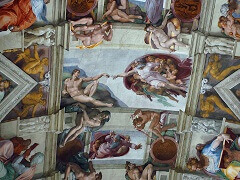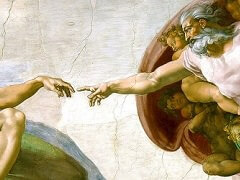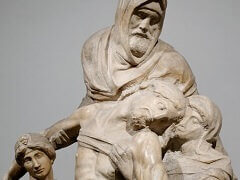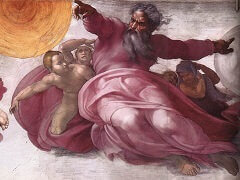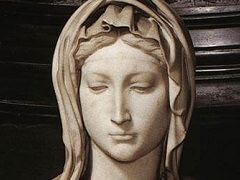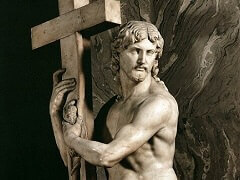The Battle of Cascina, by Michelangelo
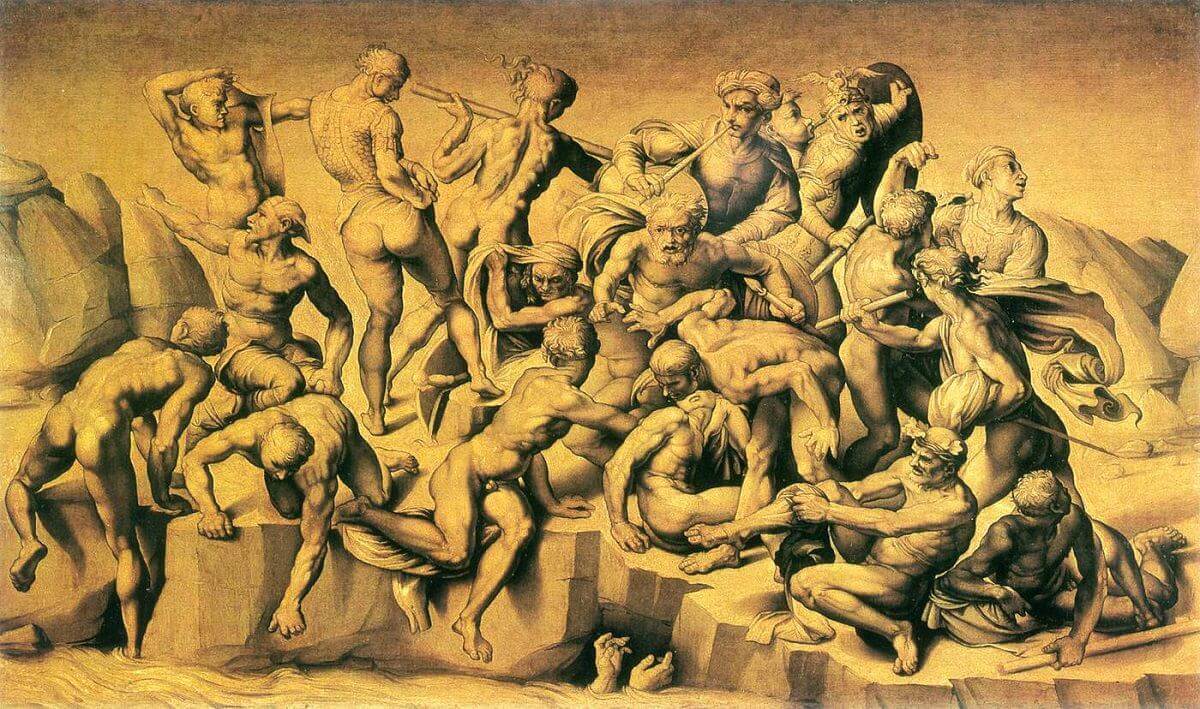
The Battle of Cascina took place on July 28 1364 and celebrates the Florentine victory over it's bitter rival, Pisa. The Republic of Florence had decided to decorate it's prestigious
new hall of state with paintings on a grand scale (at the time of the commissions in 1504 Florence and Pisa were still locked in conflict and dispute).
Two of the most influential artists of the day, Leonardo da Vinci and a young Michelangelo Buonarroti received commissions to fresco battle scenes
for the state hall. This was intended to extract the highest level of effort from Leonardo and Michelangelo by placing the two greatest artists of the Renaissance era in direct competition with
each other.
Both Michelangelo and Leonardo failed to finish their battle scenes. Leonardo had technical difficulties and Michelangelo was summoned to Rome by Pope Julius II. It is clear from Sangallo's
copy that, even at this early stage of his career as a painter, Michelangelo was very drawn to the representation of the male, naked form.
The scene is the central part of Michelangelo's fresco. The Florentine army went into the river Arno to bathe and escape the heat of the day. Fearing that the soldiers would be caught
off-guard by the enemy, the Florentine captain raised a false alarm. The soldiers rush to dress and arm themselves in a chaotic and ungamely manner.
This is not the heroic Florentine army defeating the forces of its rival city of Pisa. It seems almost unsuitable as a statement of the power of the Florentine Republic. However it must be
remembered that this is just one part of Michelangelo's intended vision for a fresco that, had it been completed, would have been one of the greatest works of the Renaissance.


